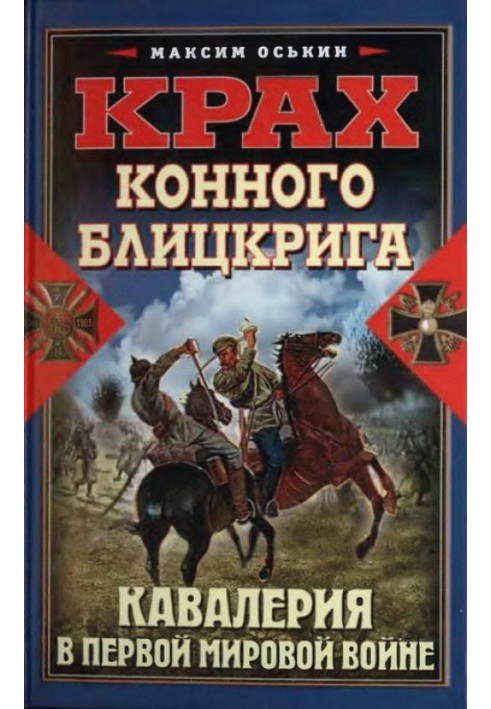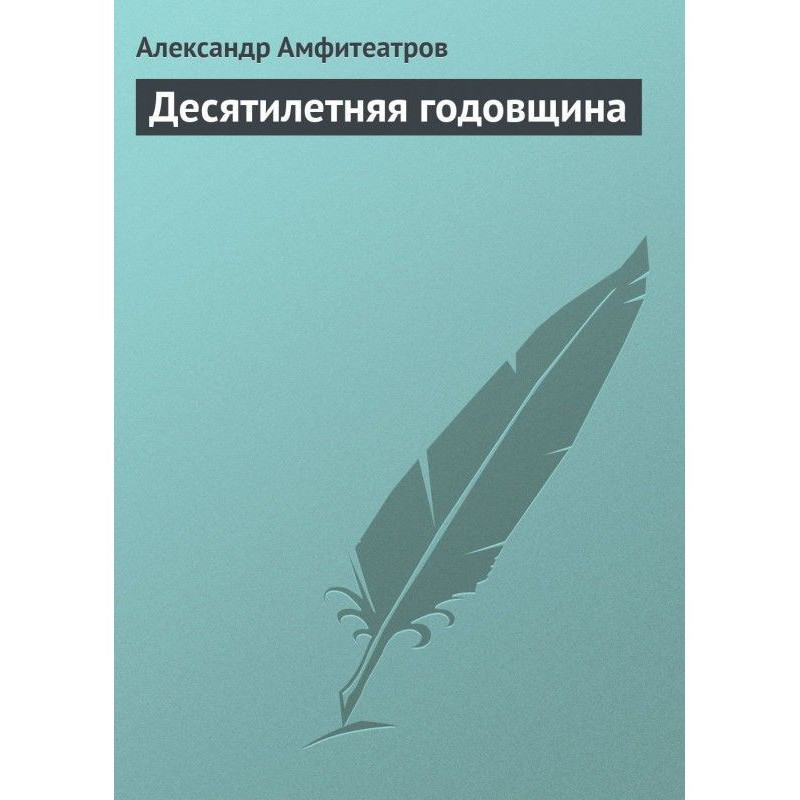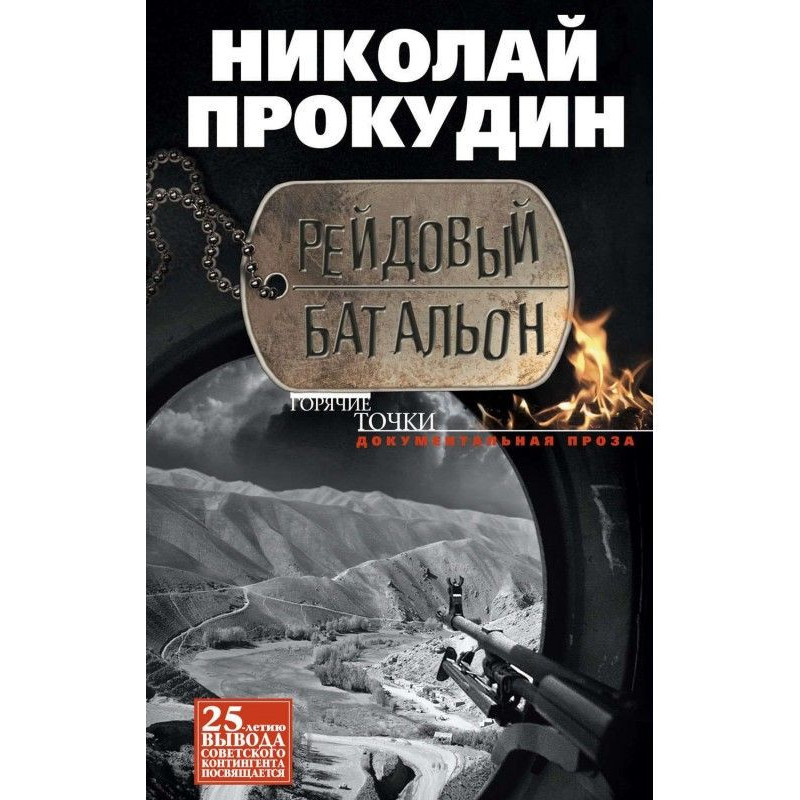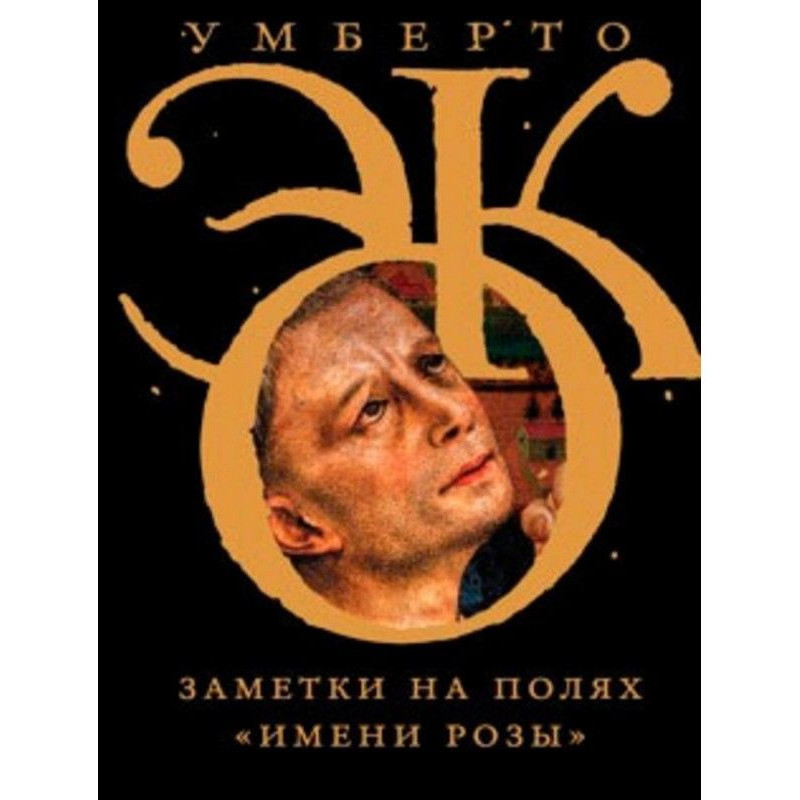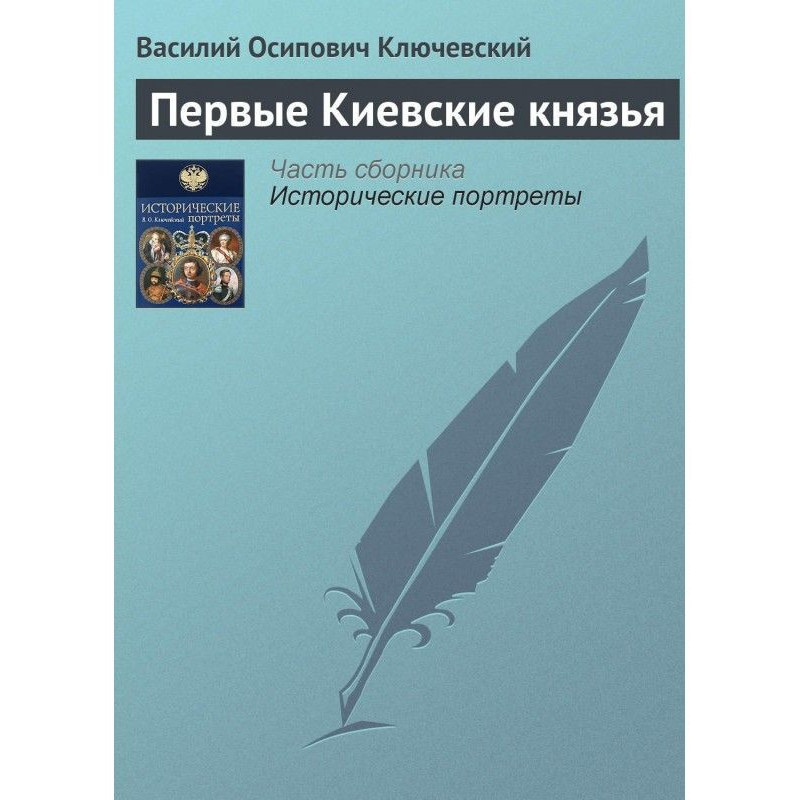The collapse of the horse blitzkrieg. Cavalry in the First World War
 Instant download
Instant download
after payment (24/7)
 Wide range of formats
Wide range of formats
(for all gadgets)
 Full book
Full book
(including for Apple and Android)
At the beginning of the 20th century, most military theorists predicted that in the coming war the main striking force would be cavalry - unstoppable horse lavas would sweep away the enemy, pursue and cut down those fleeing, intercept rear communications, sow chaos and panic and, ultimately, decide the outcome military operations... The First World War destroyed all these hopes - it was the cavalry that became the first victim of the “positional deadlock”: machine guns mowed down entire squadrons in a matter of seconds, under hurricane artillery fire any attack on horseback turned into suicide. On the Western Front, cavalry was actually written off as early as the fall of 1914; in the East, where the fighting was more maneuverable, the cavalry retained some combat value, but even here it was used more for reconnaissance or as riding infantry. This book is the best to date, the most authoritative and meaningful, exhaustively complete study of the combat use of Russian cavalry on the fronts of the First World War. This is the story of the decline of the most “aristocratic” branch of the military, the beginning of the end of which was the Great War.
Data sheet
- Name of the Author
- Максим Оськин Викторович
- Language
- Ukrainian
- Release date
- 2009
Reviews
Вражаюче дослідження історії кавалерії
Книга "Крах кінного бліцкригу" є неймовірно важливим внеском у вивчення військової історії, особливо в контексті Першої світової війни. Автор детально аналізує, як кавалерія, колись вважалася головною ударною силою, стала жертвою нових технологій і тактики ведення бою. Читачі отримують змогу зануритися в епоху, коли кінні лави мали величезну силу, і спостерігати, як швидко все змінилося під впливом кулеметів і артилерії. Книга не лише розкриває історичні факти, а й пропонує глибокі роздуми про еволюцію військової стратегії. Якість перекладу, хоч і має деякі недоліки, не заважає загальному сприйняттю тексту. Рекомендую цю книгу всім, хто цікавиться військовою історією, тактикою та змінами в армійських структурах!

